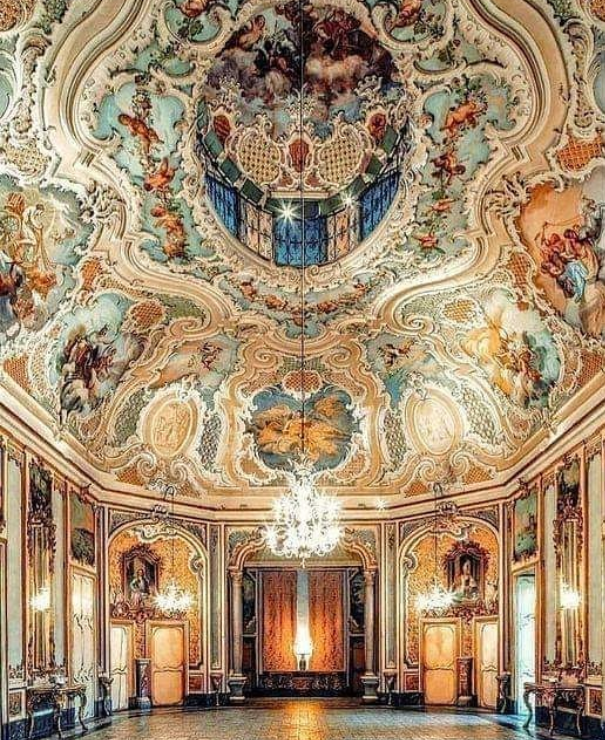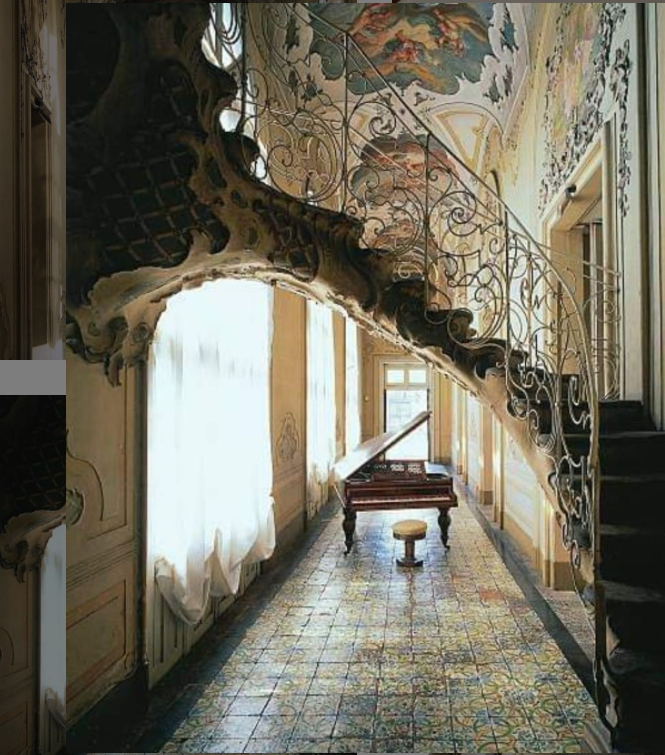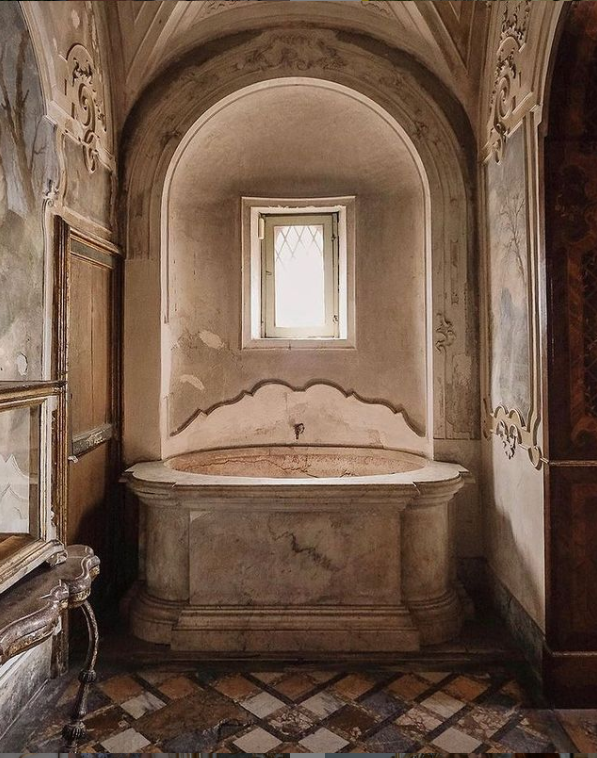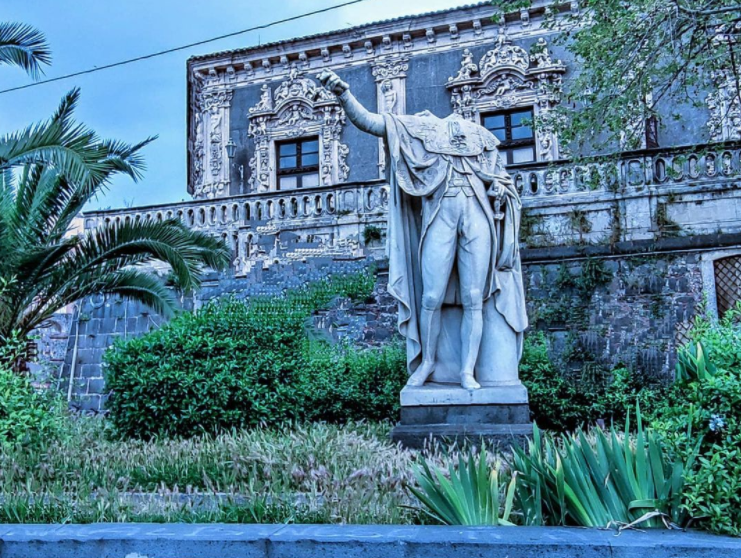Palazzo Biscari
The Palazzo Biscari, a few steps east of the Cathedral of Sant’Agata is the most important private palace in Catania and a precious testimony of the Sicilian baroque era. The frescoed halls, full of charm and elegance, represent a splendid setting for concerts, meetings, receptions, gala evenings and fashion shows.
The Palazzo Biscari was built by the Paternò Castello Principi di Biscari family and is, together with the Benedictine Convent of San Nicolò l’Arena, the most important and well-known building of eighteenth-century architecture in Catania. It rises over a stretch of the sixth-century walls of the city, on which, immediately after the earthquake of 1693,
Ignazio Paternò Castello III ° Principe di Biscari (d. 1699), obtained permission from Lieutenant General, Giuseppe Lanza Duke of Camastra, the architect of the reconstruction of Catania and envoy of the King of Spain, Charles II of Habsburg, to build the palace.
His son Vincenzo (1685-1749) IV Prince, continued the work and his nephew Ignazio V ° (1714-1786) completed it, allocating space for the establishment of an archaeological, numismatic and naturalistic museum, open to all scholars.


The palace belonged entirely to the Princes of Biscari until the middle of the 19th century, when, due to various legacies, it became the property of the Moncada Paternò Castello, a branch of the Paternò Castello.
The palace is still largely inhabited by the descendants of the family and its main halls are often used for prestigious social and cultural events.
In 1924, the museum was closed and most of the collections therein were donated to the Catania municipality and transferred to the civic museum of Castello Ursino.
The vast courtyard, originally full of trees, flower beds and pergolas, and unfortunately now, bare, ends with an important staircase leading to a large room, housing numerous paintings of the Biscari estates. From there you pass into the Green Room, full of paintings and overdoors, with a beautiful terracotta floor inlaid with white Syracuse stone.



The next, Pink Room, contains large portraits of eminent members of the Biscari household. This room leads into the large Hall/Ballroom called “dellOrchestra”, a large and beautiful example of Rococo architecture, with Neapolitan influences. There are large overdoors with views of Naples and its surroundings, the capital of Sicily at the time.
The frescoes on the ceiling celebrate the glory of the Biscari household and, of great and singular importance is the vault: in its center, is an opening, consisting of a minstrel’s gallery of oval outline; it is limited by a railing, and under the dome, this is where the hall musicians took their place, barely visible to those under it.
Of great note, is a small suite, the private quarters of the owners, which includes a room lined with rosewood paneling and an ‘exceptional’ floor, an ancient roman mosaic. More



